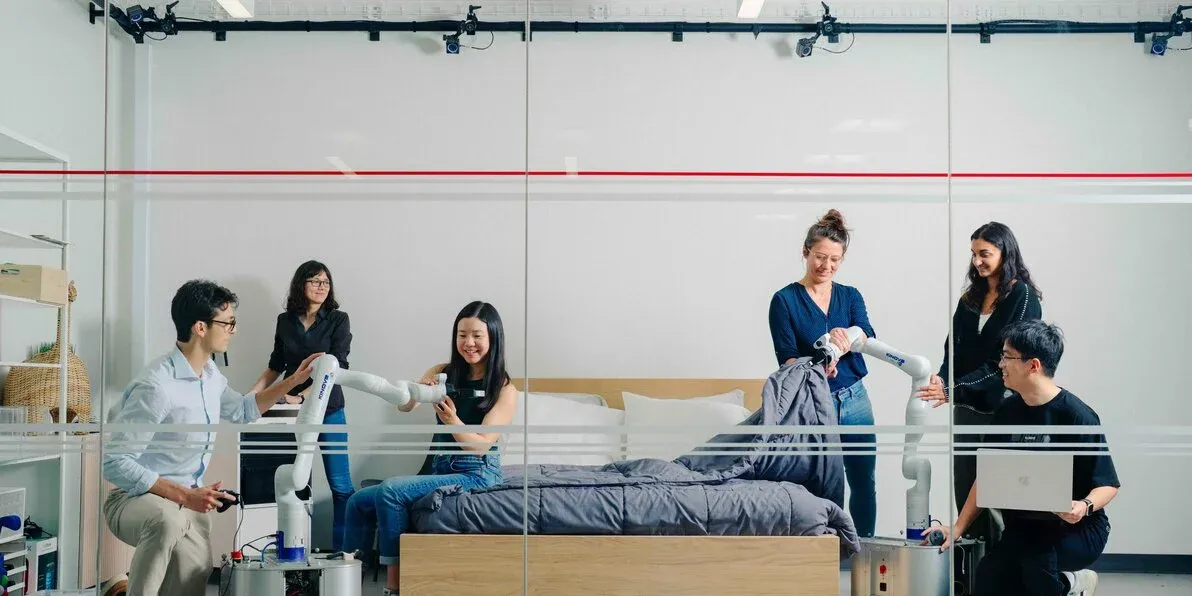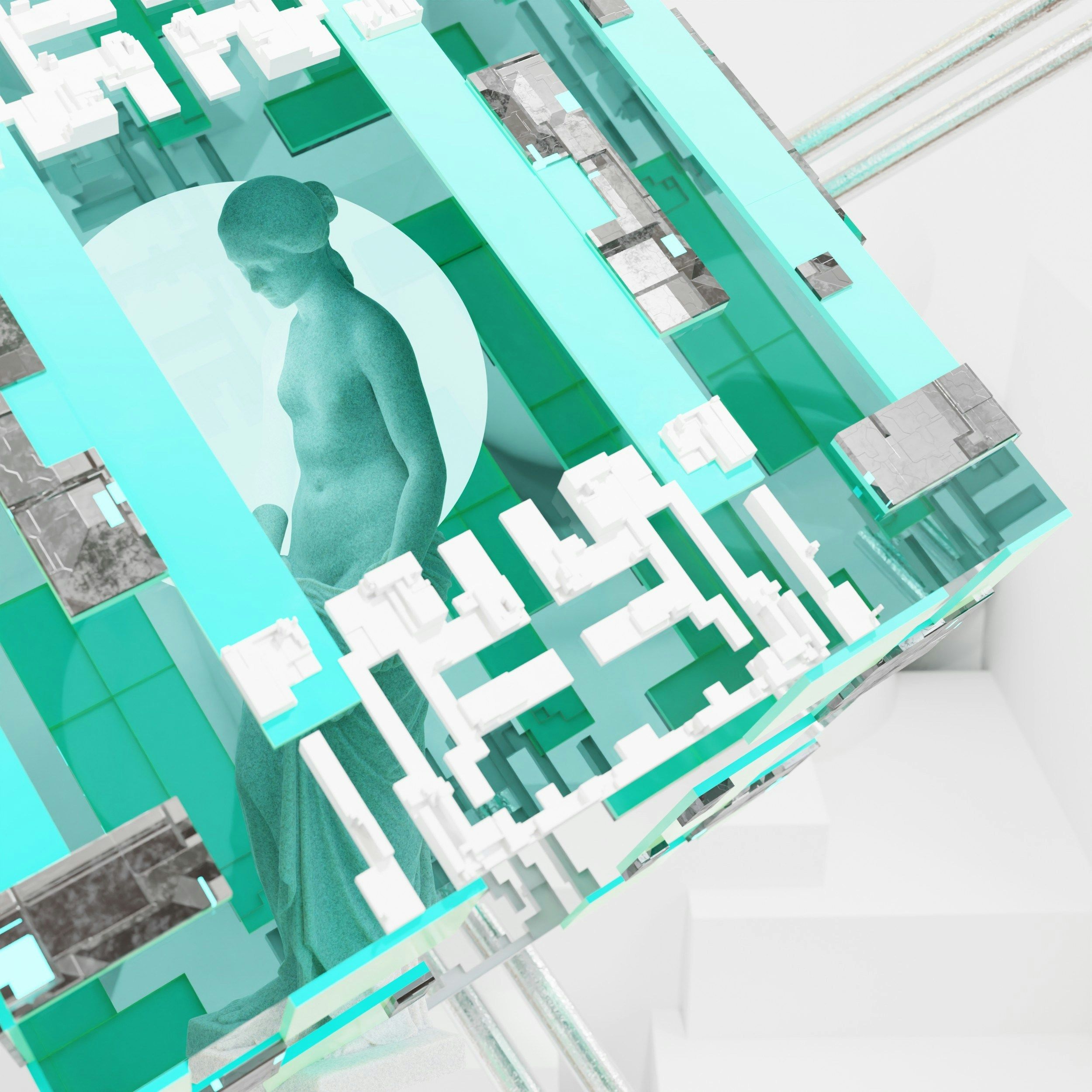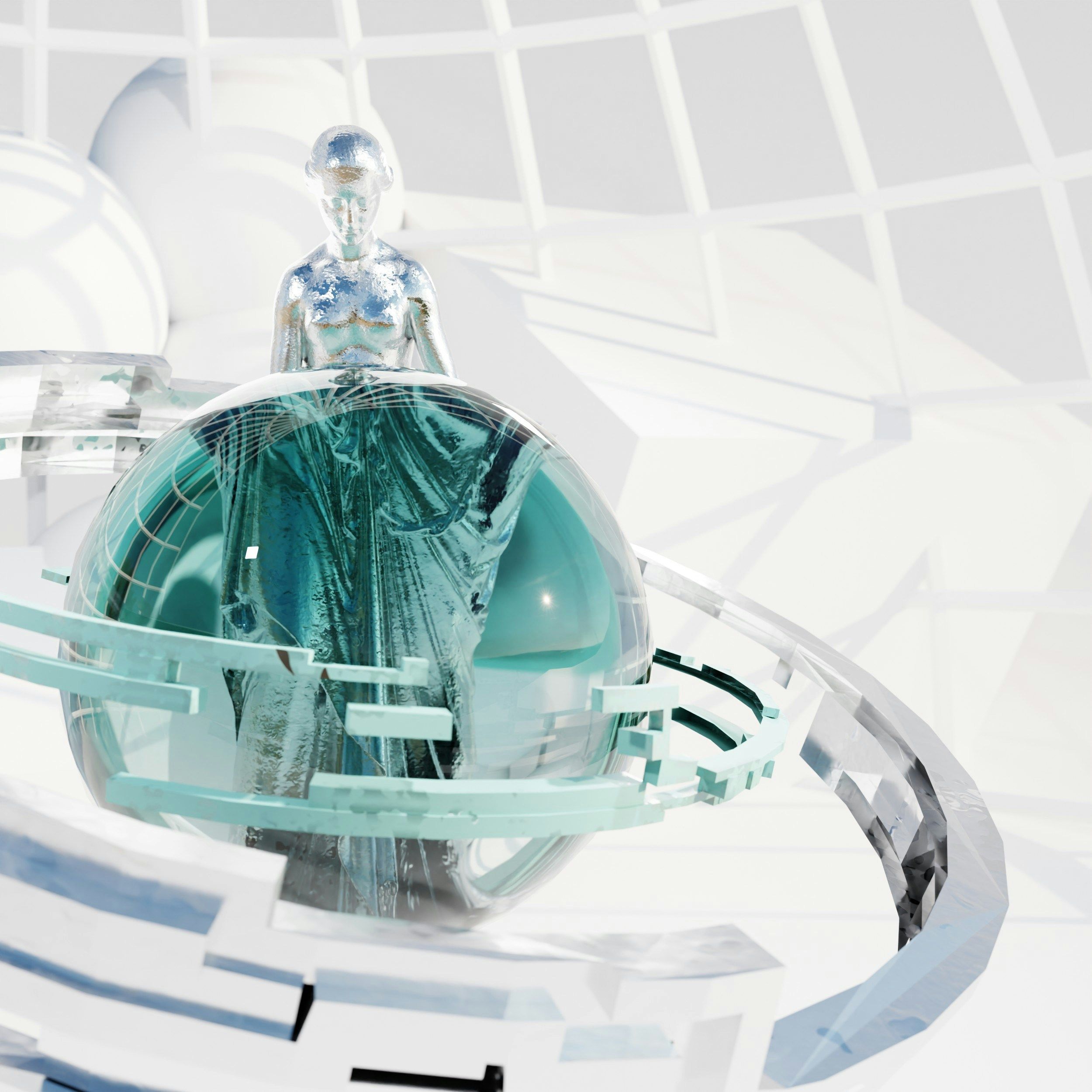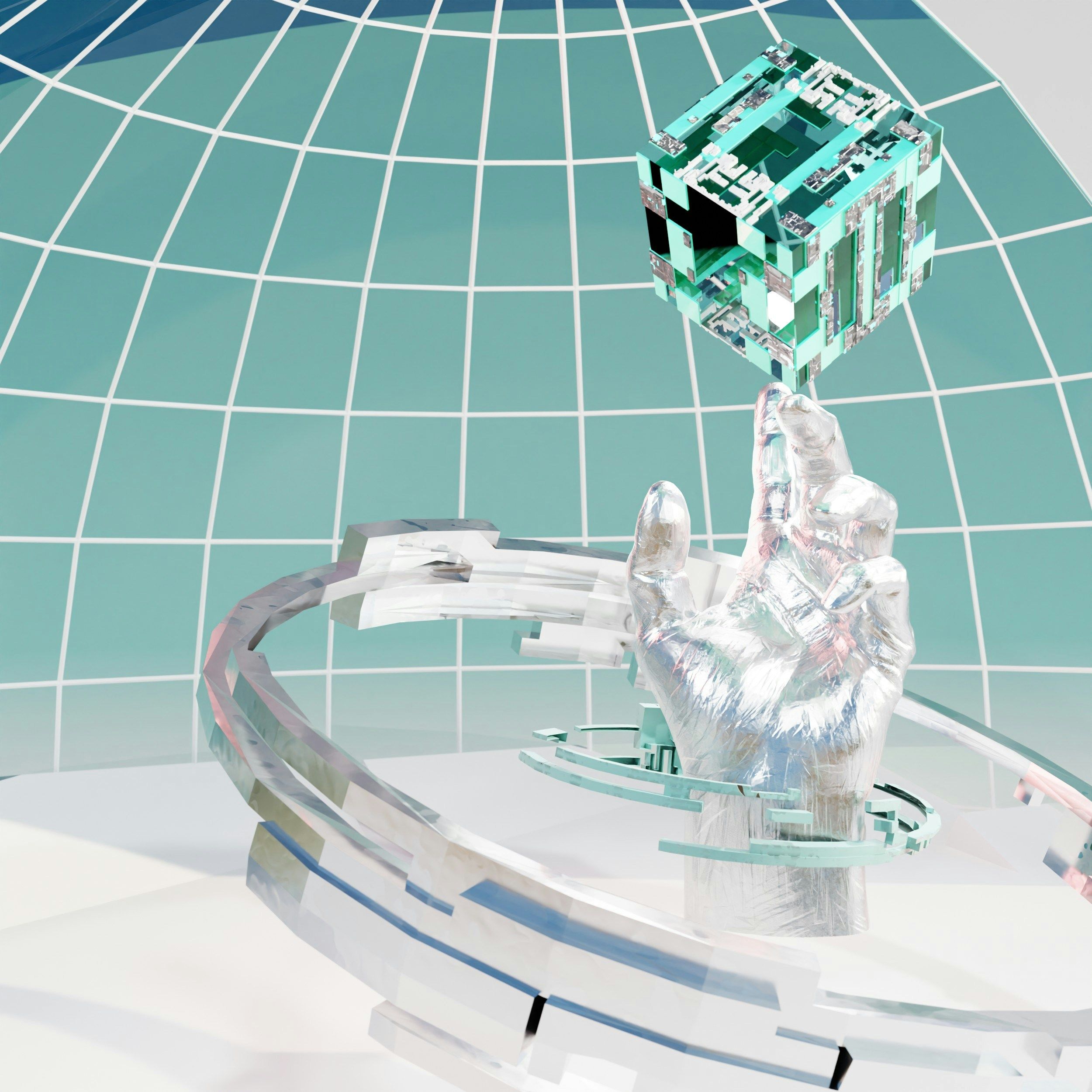
December 31, 2024
New Stanford Research System To Generate Realistic Human-Object Interactions Out Of Natural Language
Researchers at Stanford had developed a groundbreaking system that can use natural language instructions to generate long-horizon and realistic human-object interactions. This innovative technology combines advanced natural language processing with motion generation and reinforcement learning, allowing for seamless interactions that include precise finger movements.
A Unique Approach
The system employs a three-step strategy:
- Natural Language to Execution Plans: Utilizing large language models (LLMs), the system translates complex human instructions into detailed execution plans, which serve as blueprints for interactions.
- Motion Synchronization: A multi-stage motion generator creates synchronized movements of objects, bodies, and fingers, ensuring that the motions are natural and fluid within a simulated environment.
- Reinforcement Learning for Realism: A reinforcement learning policy refines these motions within a physics simulation, ensuring they are physically plausible and accurate.
Realism At A Robot’s Fingerprints
This framework goes beyond basic motion generation by capturing intricate details like finger movements and adapting to contextual environments. It represents the first comprehensive system capable of generating nuanced human-object interactions.
Many Applications
This system is not only applicable in robotics but also other fields such as virtual reality and gaming. When further developed, the system can significantly improve how machines comprehend and mimic human behavior. This means intuitive interactions can now enhance future accessibility and assistive technologies.
More Adaptable Assistants
This advancement highlights the transformative potential of integrating LLMs with motion generation and reinforcement learning. Combining physical interactions with natural language instructions will now allow machines to be more adaptable when working with humans in the future.









